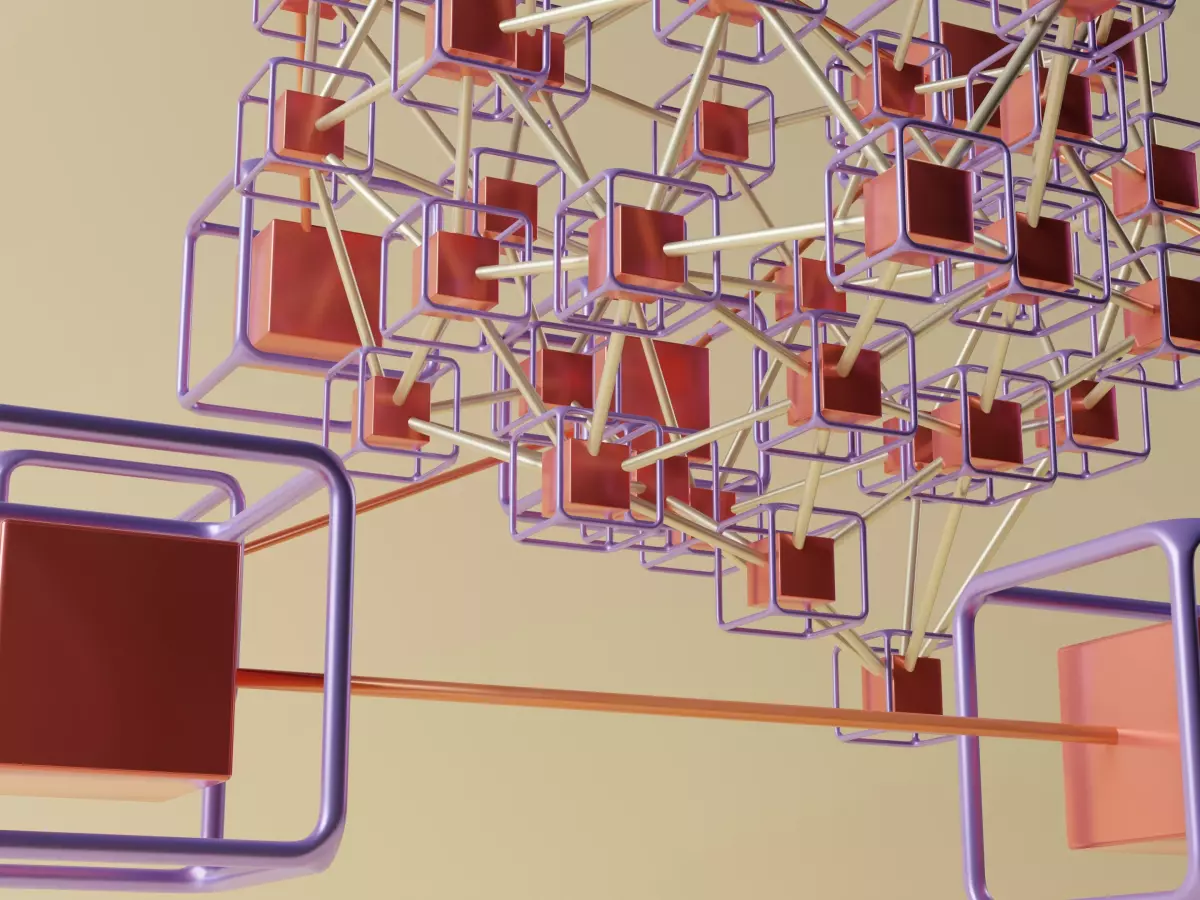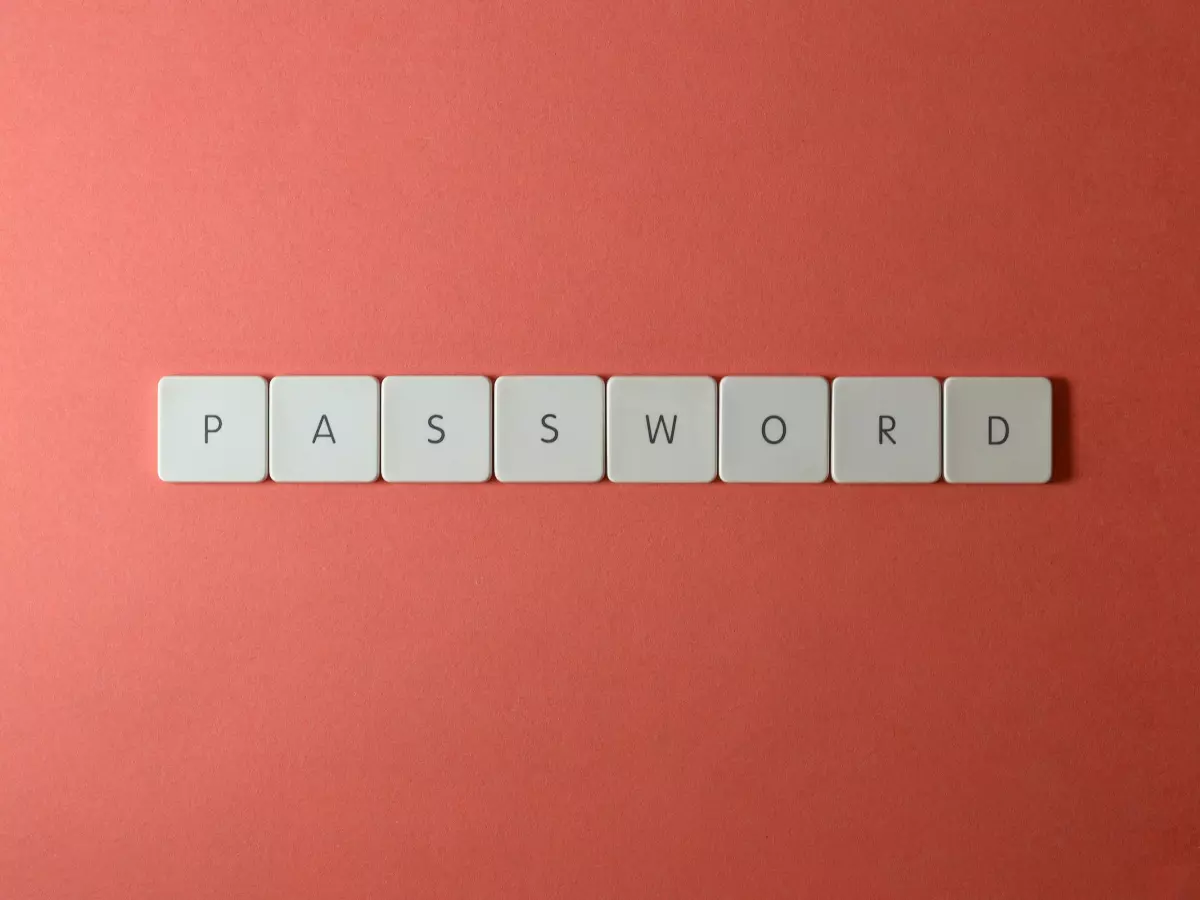Blockchain Sharding
Is blockchain sharding the answer to scalability, or is it a security nightmare waiting to happen?

By Marcus Liu
Blockchain technology has been hailed as a revolution in digital transactions, but it's not without its challenges. One of the biggest issues? Scalability. As more users and transactions flood the network, blockchains like Bitcoin and Ethereum struggle to keep up. Enter sharding, a technique that promises to solve these scalability woes. But here's the million-dollar question: Does sharding compromise blockchain security?
Sharding is a method that breaks a blockchain into smaller, more manageable pieces called shards. Each shard processes its own set of transactions, allowing the network to handle more transactions simultaneously. Sounds like a dream, right? Well, not so fast. While sharding can significantly improve scalability, it also introduces new security challenges that could put the entire network at risk.
How Sharding Works
Before we dive into the security implications, let's break down how sharding actually works. In a traditional blockchain, every node in the network processes every transaction. This is great for security, but it’s a nightmare for scalability. The more transactions there are, the slower the network becomes.
Sharding changes this by dividing the network into smaller groups of nodes, each responsible for processing a subset of transactions. These groups are called shards. Each shard operates independently, but they all contribute to the overall blockchain. In theory, this allows the blockchain to process many more transactions in parallel, boosting scalability.
But here’s the catch: because each shard only processes a fraction of the total transactions, it doesn’t have the full picture of the entire blockchain. This opens up some serious security concerns.
The Security Trade-Off
So, what’s the big deal? Why is sharding potentially risky for blockchain security? The answer lies in the very nature of how blockchains achieve security: consensus. In a traditional blockchain, every node must agree on the state of the network. This makes it incredibly difficult for bad actors to manipulate the system because they would need to control more than half of the nodes.
With sharding, however, the consensus mechanism becomes more complex. Since each shard operates independently, attackers could potentially target a single shard rather than the entire network. This is known as a shard takeover attack. If an attacker gains control of a majority of nodes in a single shard, they could manipulate the transactions within that shard without needing to compromise the entire blockchain.
Another concern is cross-shard communication. Since shards operate independently, they need a way to communicate with each other to ensure the integrity of the overall blockchain. If this communication is compromised, it could lead to inconsistencies or even double-spending attacks.
Mitigating the Risks
Thankfully, blockchain developers are well aware of these risks and are working on solutions to mitigate them. One approach is to use random sampling to assign nodes to different shards. By randomly assigning nodes, it becomes much harder for an attacker to predict which shard they would need to compromise.
Another solution is to implement cross-shard consensus, where nodes from different shards periodically check each other’s work. This adds an extra layer of security by ensuring that no single shard can operate in isolation.
Finally, some blockchains are exploring the use of collateral or staking mechanisms, where nodes must put up a financial stake to participate in the network. If a node is found to be acting maliciously, they lose their stake, providing a strong incentive to play by the rules.
The Future of Sharding and Blockchain Security
So, is sharding the future of blockchain scalability? Absolutely. But like any new technology, it comes with trade-offs. While sharding can significantly improve the speed and efficiency of blockchain networks, it also introduces new security challenges that need to be carefully managed.
The good news is that the blockchain community is actively working on solutions to these problems. As sharding technology continues to evolve, we can expect to see more robust security measures that will make shard takeover attacks and cross-shard communication issues a thing of the past.
In the end, sharding could very well be the key to unlocking the full potential of blockchain technology. But for now, it’s a delicate balancing act between scalability and security. And as with any balancing act, one wrong move could send the whole thing tumbling down.
So, will sharding be the game-changer that blockchain needs, or will it introduce more problems than it solves? Only time will tell, but one thing’s for sure: the future of blockchain is going to be anything but boring.





